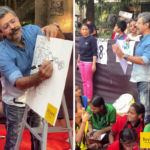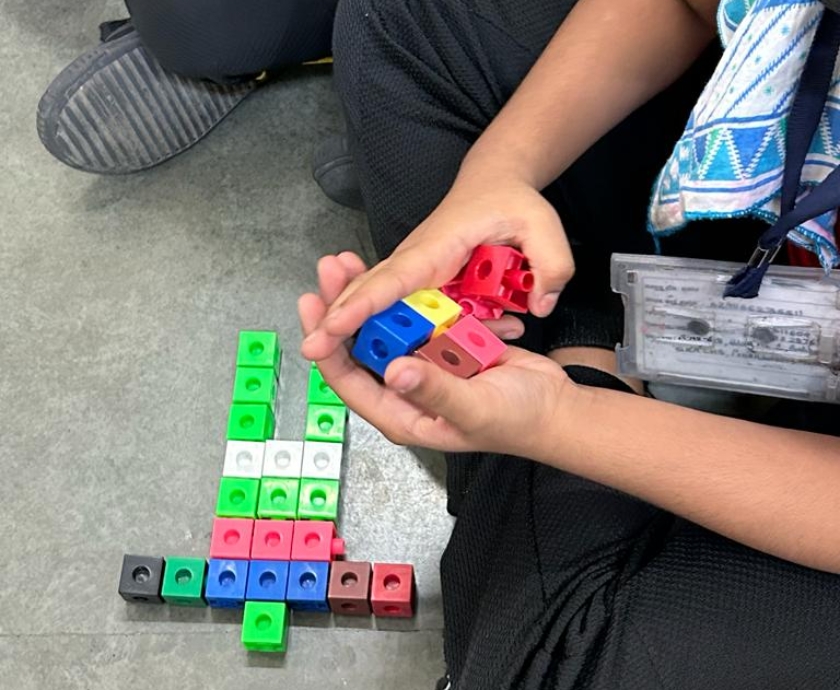On January 20, we conducted an interesting play session with students of Class 6 at the Jankalyan School in Malad (West). The previous play sessions have exposed them to different kinds of games and got them thinking about the different aspects of problem-solving such as asking questions to find information about a problem, brainstorming solutions for a problem, how do you pick the correct idea and so on.
In this session, we asked students to think about the structure and design of a game. There was a detailed discussion with students about what goes into making the game, how games are designed, certain games they have played like Catch the Crook or Loot that have themes of crime, investigation, sea, pirates and treasure, whereas some games such as Snakes and Ladder or Ludo do not have a theme.
Then, there was a conversation about what goes into a game’s mechanics: what are the rules, how does the game progress forward, are there any intentional challenges that are created. For example: in snakes and ladders, you have a snake right before the last block, which makes it difficult for the player to win immediately. We had a conversation with students about what makes a game interesting, how these factors together make a game interesting and then we asked them to develop their own games. These could be based on any game they have played, they could also be a completely new game, but the criteria would be that the game should have a clear set of rules for moving forward, the game has to be challenging, there has to be a particular design or a theme for the game and they have to build out a rule card. Students built five games in all.
It was fascinating to see how deeply they engaged with play, and how well they used their critical thinking skills to develop these games independently.
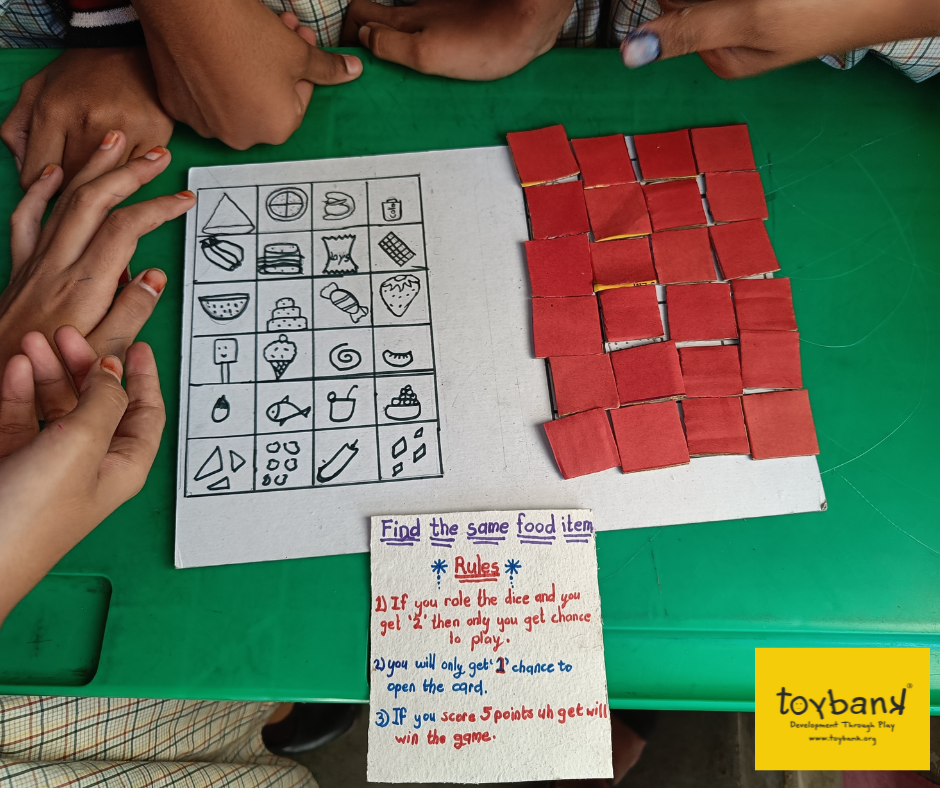
Match the Food (based on Memory Skills)
A version of memory skills, which the students had frequently played earlier. It involves covering one side of the pictures. If you roll the dice, the number on the dice determines how many pictures you can open in one turn. You need to uncover the exact matching picture on the other side, in order to score a point. This game tests memory, concentration, and eye-hand coordination.
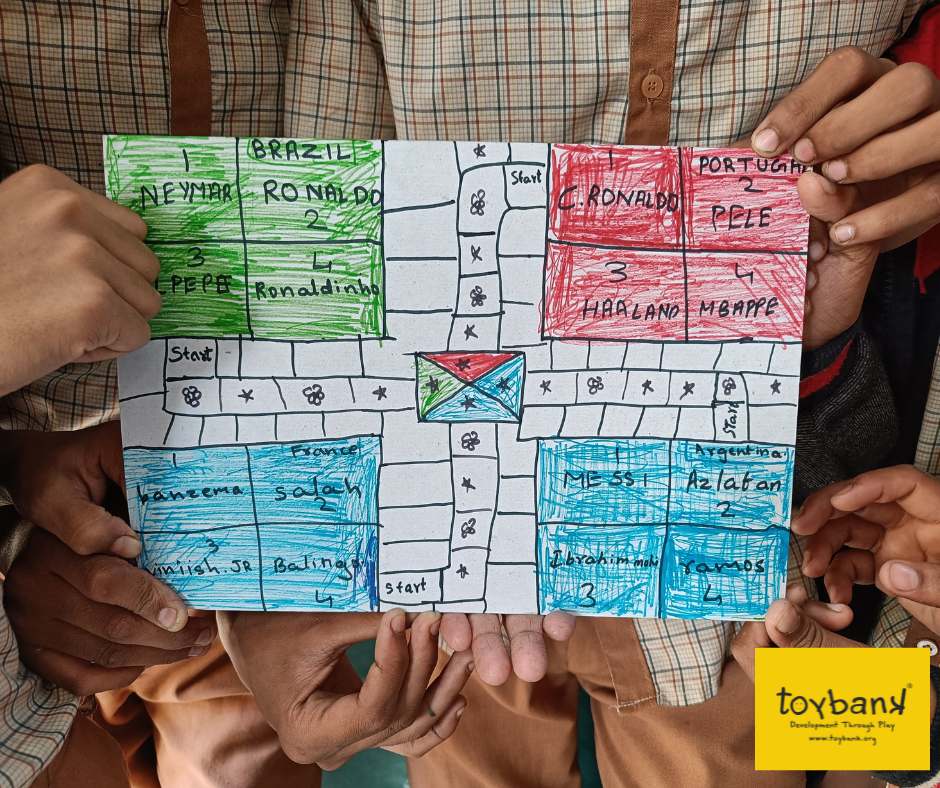
Football Ludo
A group created a Football-themed ludo. Each of the colours became a team such as Argentina, Portugal, France and Brazil. Each coin was named after a player, and the centre, which is traditionally a home in Ludo, became the goal post. When the dice rolls six, it unlocks a new player and the rules remain the same as Ludo.
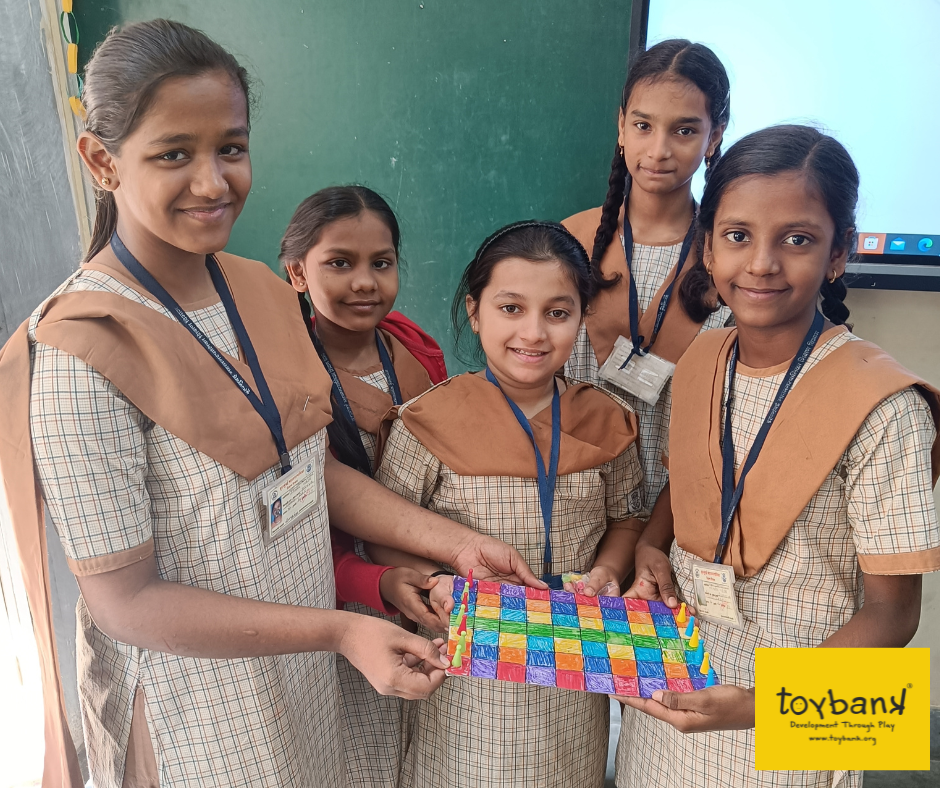
Rainbow Checkers
This group built a version of Checkers. However, instead of using the star-shaped Chinese Checkers, they used a checkerboard and colour coded it. You roll the dice and you move forward. But, there is a spinner that decides whether you move horizontally or diagonally and the coloured squares are coded for points. If you land on blue, you get four points, if you land on red, you get a certain number of points, and so on. The game is a mix of Chinese Checkers, Chess and the likes.

Survive the Amazon forest!
While most groups built very structured games that follow existing games, one group designed Survive the Amazon Forest. They built out a map along with elements of collaboration. One of the rules said that if you land on a particular number, you fall into a pond and you have to keep skipping your turn, until another player reaches the square before you and actually opts to save you. So, they thought of cooperative play, which is a very technical game term. The game had an element of cooperative play and collaboration. They also had these tiles such as a pond, an alligator pond, a swamp, along with a maze. If you roll a specific number, you cannot take the regular game path, you have to take an alternative maze path. This game was great in terms of imagination and creativity.
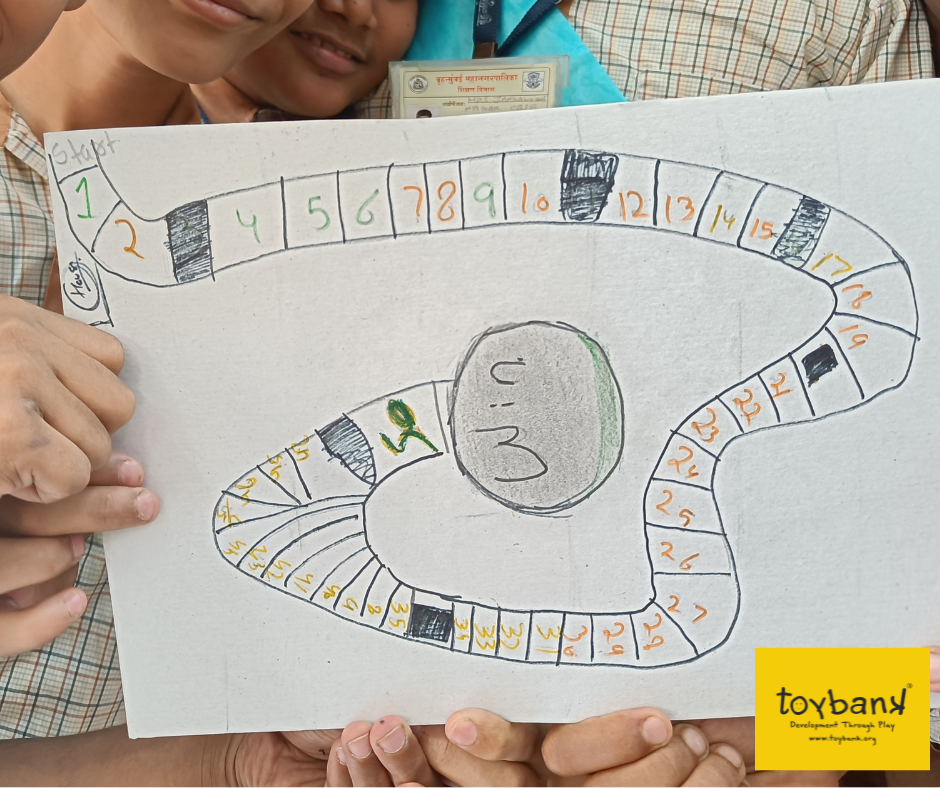
Counting game
This group built a mathematical spiral game, where they developed different rules for the different dice numbers. This was a mix of Snakes and Ladders, and a physical game that we play, where we count numbers and we replace specific numbers with action. Each number of the dice had a specific action: if you land on the number that has a 3 in it, you get a second turn, if you roll 2, you skip a turn and so on.
What was most fascinating through this session was that all the concepts that have been taught through the play sessions, in terms of problem-solving, coming up with multiple solutions, teamwork, collaboration and listening to each other’s ideas, we were actually able to witness these when we heard students planning their games. When someone said they had an idea, another student added to that and explained how the idea could be made better.









